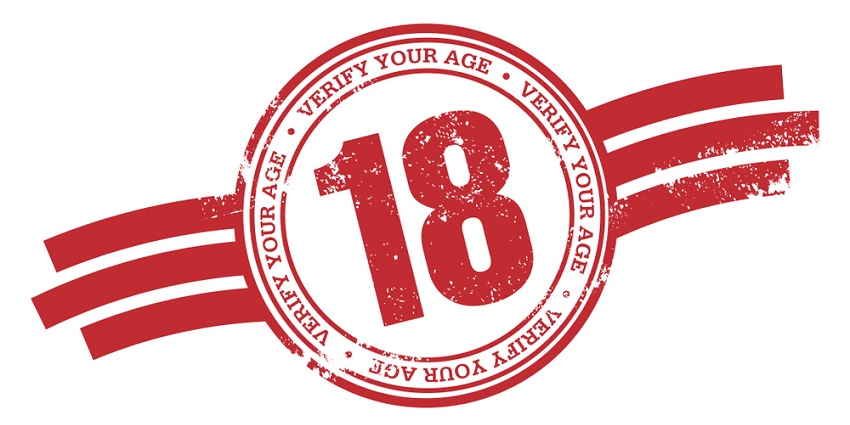Age verification has become a very controversial topic regarding internet usage, with some calling for age verification tools to be implemented across websites while others are advocating for the complete removal of them. However, age verification is so important because it prevents children from viewing or purchasing age-restricted items on the site.
As a website owner, you need to have this to ensure that people do not get into anything that’s not suitable for them. But for many website owners, the thought of age verification is daunting. Below, we will discuss why age verification for website is so difficult for many owners.
What Is Website Age Verification?
Age verification is the process of verifying that a person attempting to access a website is of the correct legal age to view, purchase or sign up for a service. This is usually done by asking for personal information such as date of birth, address, or payment information. It is also done by checking government ID cards and passports in some regions.
Age verification is designed to protect children from viewing inappropriate content or making purchases that parents may not approve of. Most age verification processes are designed to stop any person under the legal age from accessing the website content, although some allow access with parental consent/age verification for those above 13 years old.
Why Age Verification On Your Website Is So Important?
There are several reasons why your website needs age verification. Because nowadays, everybody wants to come online, especially teenagers and young adults. You can easily see them glued to their mobile or computer screens on YouTube, Facebook, or Twitter every day.
Because of this, it is just the right time for you to protect your website from those who are below or above the age limit. For example, you can prevent illegal activities such as drugs, sex, and gambling from being purchased by minors.
If a site does not have age verification for your website, then there is also a possibility that your users might be subjected to malware software. This can eventually lead to the theft of information from their computers or cell phones, which may not be something you want. Moreover, some state laws require that your website also have an age-verification system so that people under 18 years old cannot buy products from there.
Types Of Website Age Verification
There are several ways to do age verification for website:
On The Starting Page
This is arguably the most common type of age verification system because it only shows up on the landing page and doesn’t affect the rest of the site. It’s pretty simple and easy to use, but it will display a popup that says ”You must be 18 years old or older to view this website.” on every user’s screen. However, there is a downside that users will become irritated by seeing this message every time they try to visit your site.
At The Checkout
If you want to show age verification on your site while purchasing, there are a few ways to do this. One is by asking for their birth date and place of birth, which will tell you if the person is under 18 years old. Another way is by checking user IDs and passwords through special software, which creates an instant age verification process without any form of the pop-up message.
On Multiple Pages On Your Site
The last kind of age verification system you can implement on your website is on multiple pages or pages. This is more like a pop-up that you can easily remove if you have the age verification code. But this kind of age verification is not recommended for users because it affects the user experience and may make them leave your website.
How Does Age Verification Popup Work?
An age verification pop-up window appears when you try to access a website without entering your age and personal information. This is similar to the parental control pop-up that you see at the beginning of most movies on your computer. But instead of just blocking videos, it blocks access to entire sites or sections thereof.
Another age verification popup window will appear if you try to enter a site that has not been verified, but this time websites may have different approaches to verify whether a visitor is old enough for their website or not. For instance, some websites may ask for a date of birth, while others might ask for credit card information. Some may even require a combination of both in order to access the site content.
Why Age Verification Is So Difficult For Websites?
Most website owners do not have the knowledge or experience of the technology or programming required to do age verification. It becomes pretty difficult for website owners because of their lack of knowledge and experience when it comes to the operations and technology of age verification.
As a website owner, you can code your age verification system using any data extraction program. But the easier way is to use an age verification popup for the website. This application will be able to get users’ personal data, such as date of birth, postal code, etc., and verify whether they are aged 18 years or above on a particular date.
The Bottom Line
One thing we want you to take away from this article is that age verification on your website is a legal obligation and a moral obligation to keep your users safe and free from the hands of cybercriminals. If you are not yet aware of the importance of age verification, then read this article to learn and understand. A website without any security or safety measures implemented is an open invitation for hackers, potential identity thieves, and other unwanted elements.

